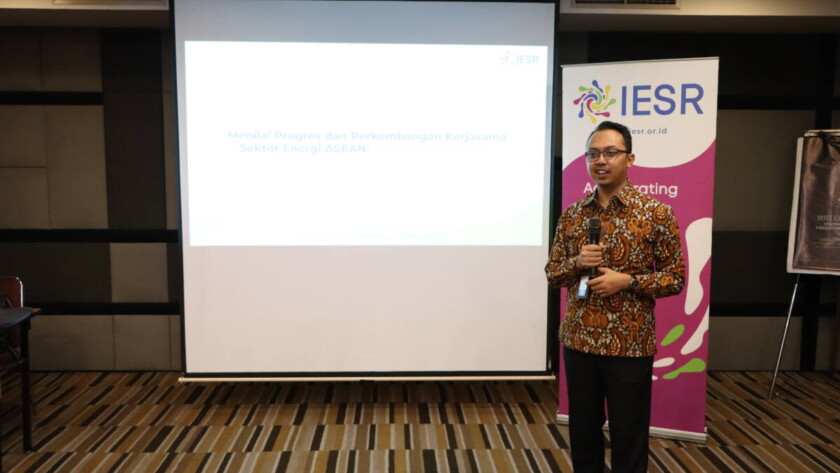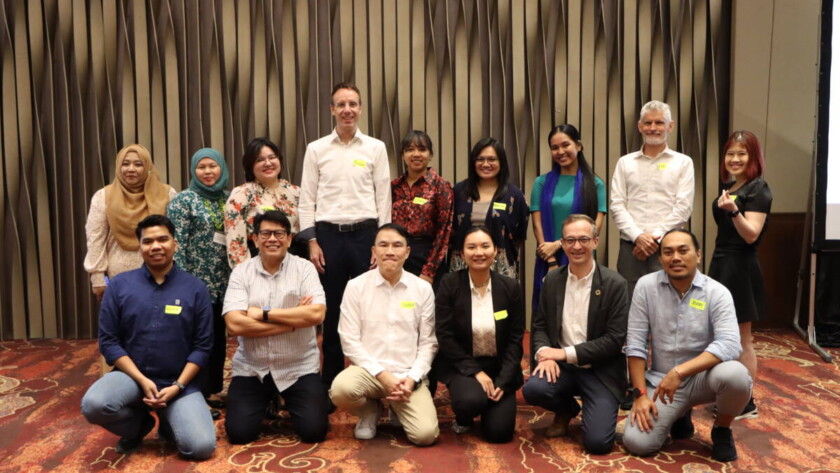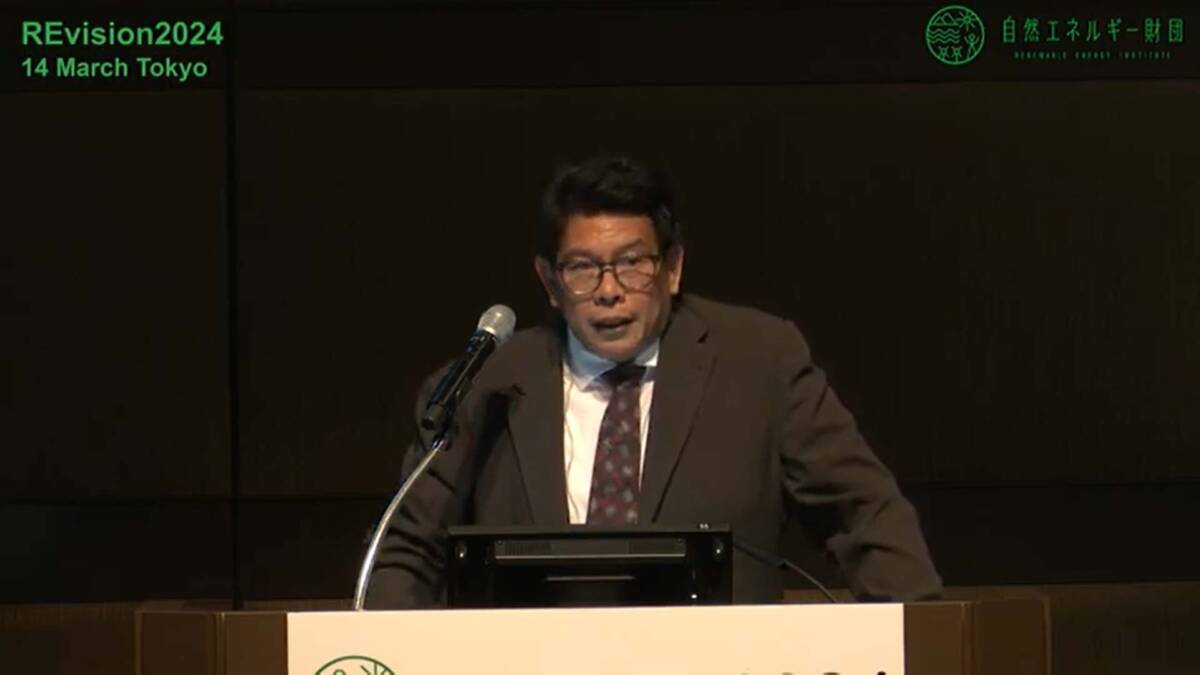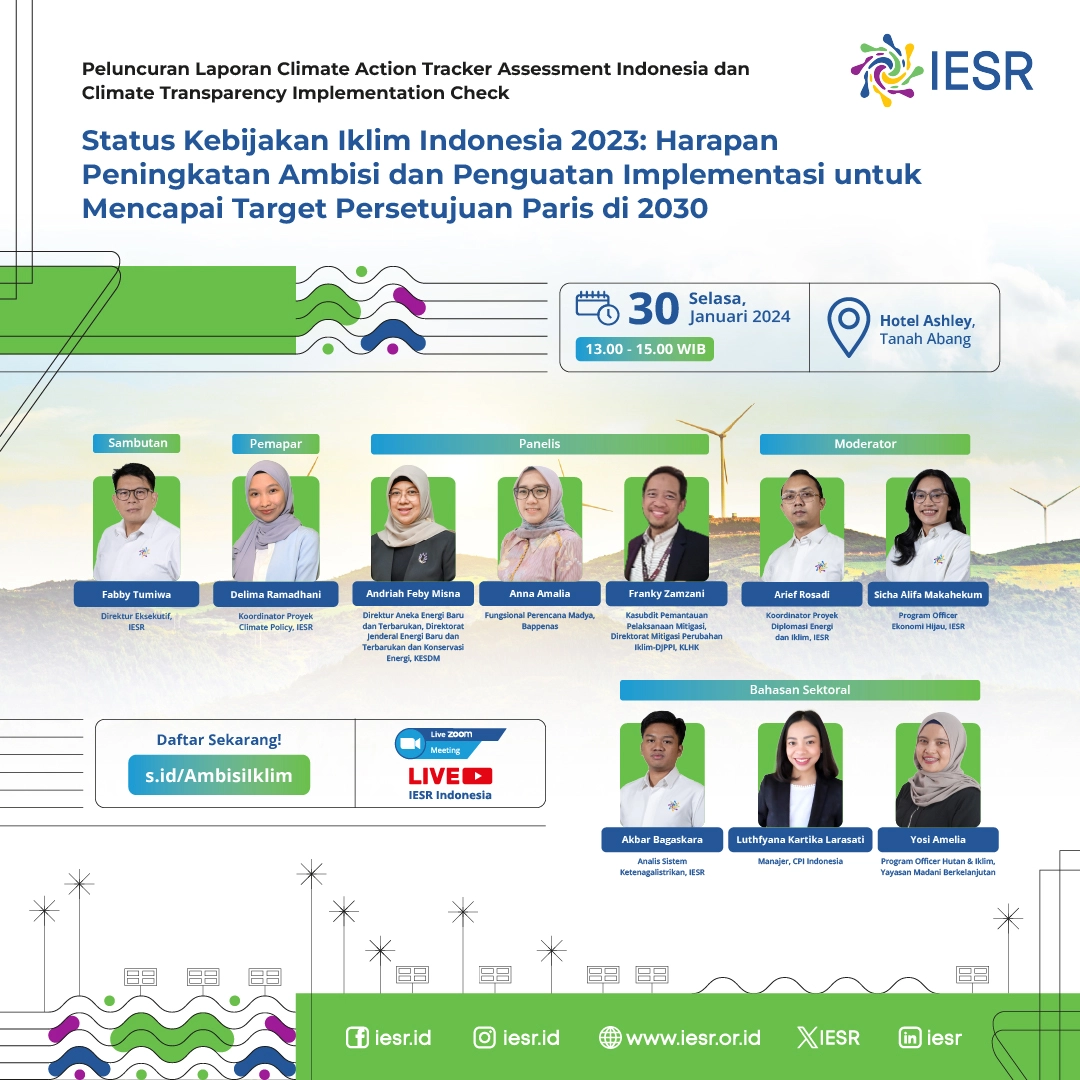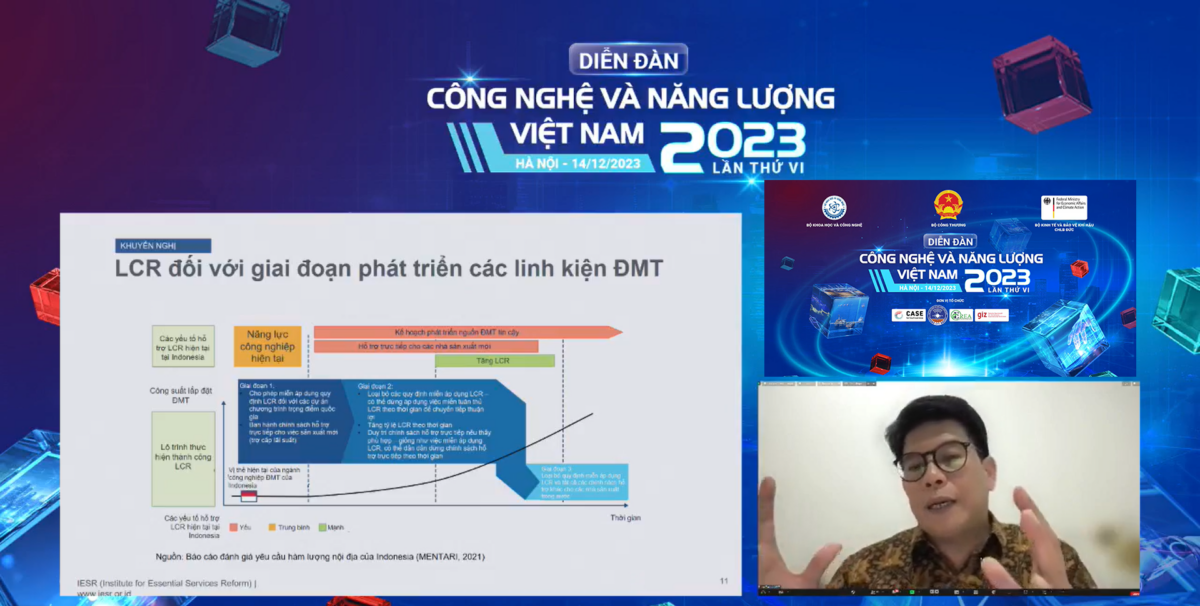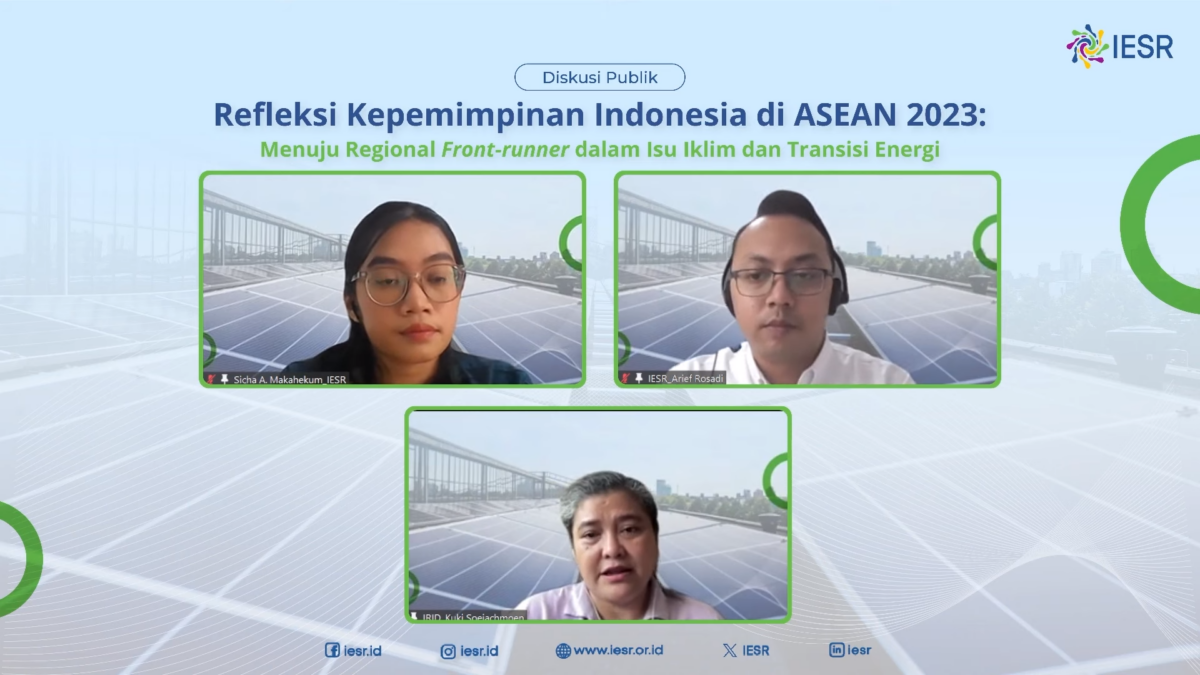Jakarta, September 18, 2024 - ASEAN is a forum for inter-governmental cooperation that carries various priority issues. In Laos' chairmanship in 2024, the issue of energy transition is still one of the priority issues that ASEAN has raised again. Decarbonization of the energy sector, as a low-hanging fruit sector, has the potential to provide a…


